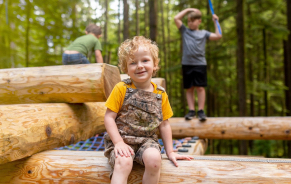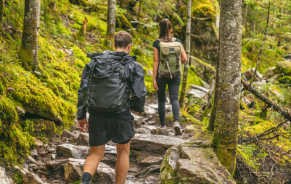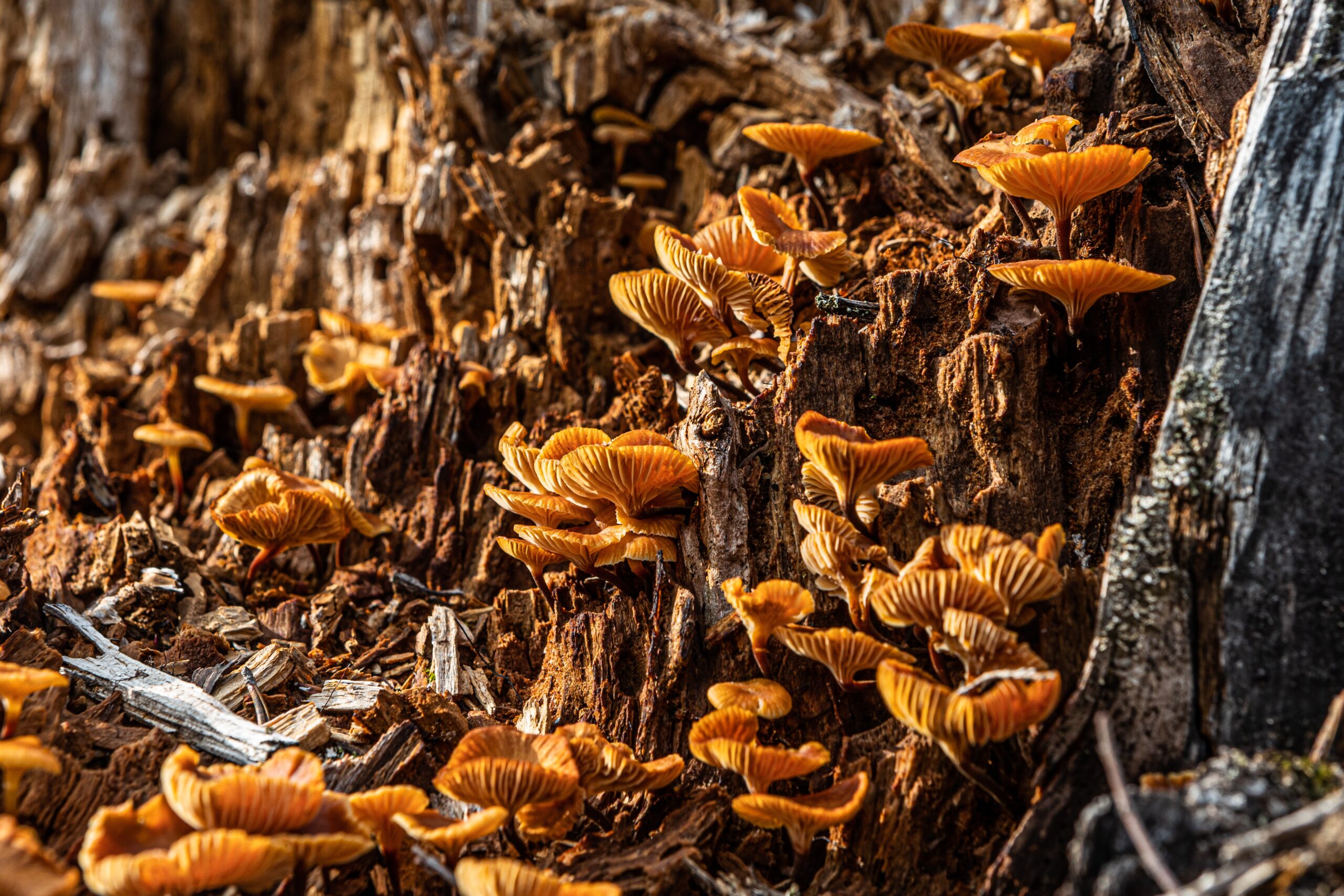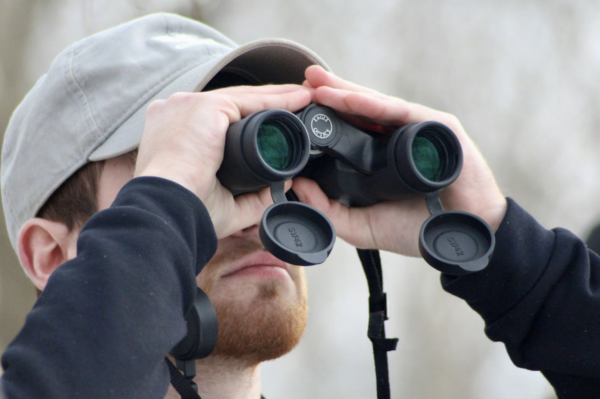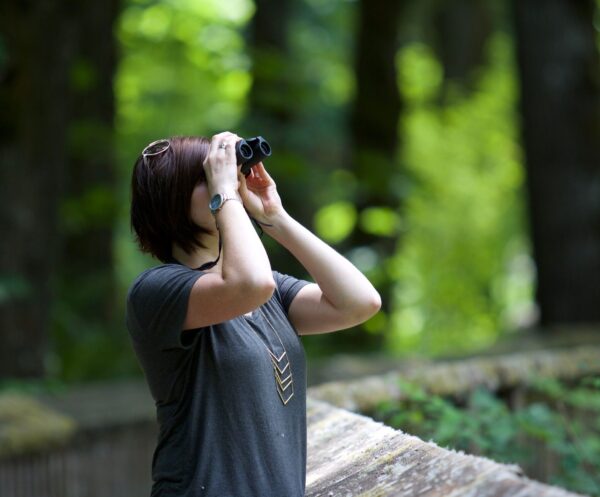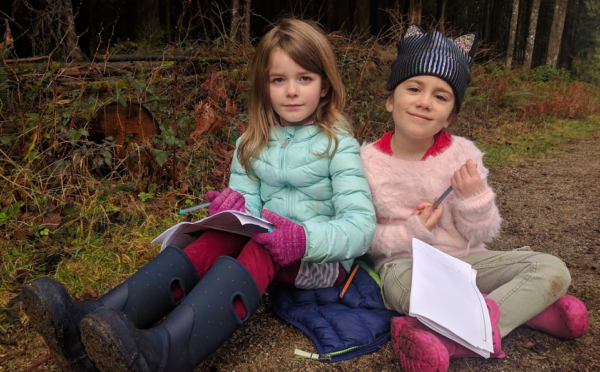The Lower Mainland is a mycophile, or mushroom lover’s, dream. It boasts a variety of edible mushrooms that entice foragers from all walks of life to head out into the wild to find them. Some of the most commonly sought-after fungi in the region and the Malcolm Knapp Research Forest include lion’s mane, morel, oyster, puffball, turkey tail, chanterelle, and lobster mushrooms. Each species has its own unique flavour profile, making the foraging experience a delightful exploration of taste and texture.
Best Places to View Mushrooms
Mushrooms can be found in a variety of environments – from damp forests to open meadows. The Malcolm Knapp Research Forest offers a diverse range of habitats for various mushroom species. Mushrooms can most commonly be found near decaying wood, in mossy areas, or around the bases of trees. Remember to respect the environment and that harvesting of mushrooms is not permitted at the Malcolm Knapp Research Forest. For those wanting to learn more about edible mushrooms and mushroom foraging, Swallow Tail Tours offers mushroom field trips around the lower mainland.
Identifying Mushrooms: The Importance of Guides
In the age of technology, several resources and apps can enhance your mushroom viewing experience. iNaturalist allows you to upload photos for identification by a community of experts, while Mushroom Observer provides a platform for sharing observations with fellow enthusiasts. These tools can serve as valuable companions, especially for those new to the world of mycology.
